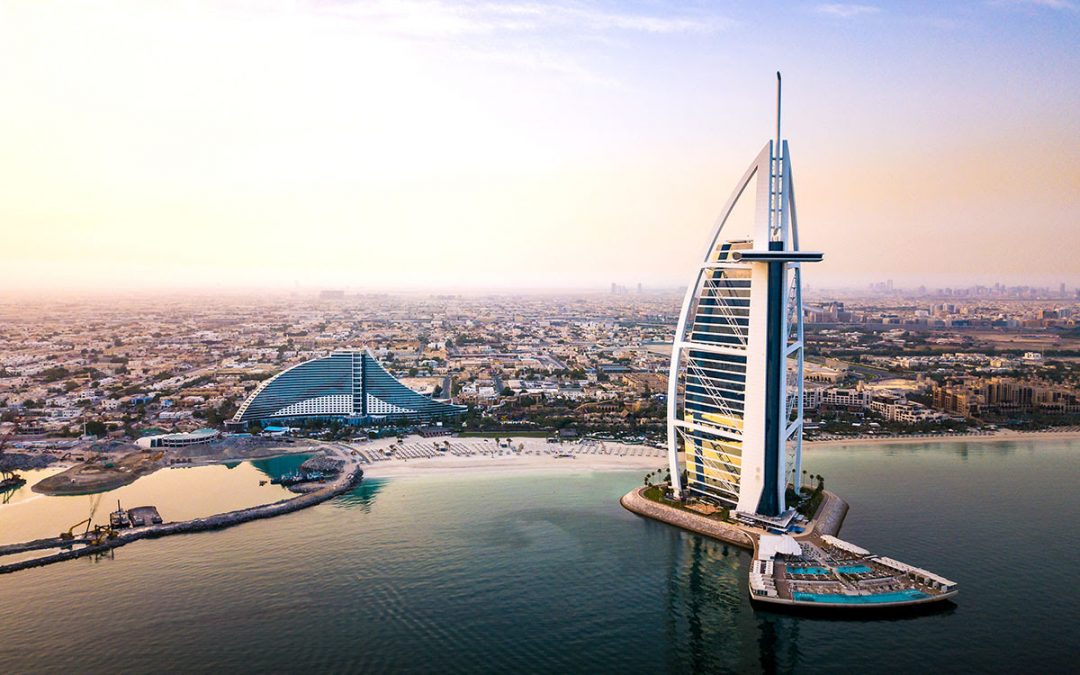Featured Image : Dubai Dubai is the capital of the Emirate of Dubai. In the 18th century, it was a...


Featured Image : Dubai Dubai is the capital of the Emirate of Dubai. In the 18th century, it was a...
Features information that is relevant to travellers who are thinking about and actively planning a visit Dubai or any part of the Arab World.

Al-Hajar Mountains are in the eastern United Arab Emirates (UAE) cutting through the northern interior of the UAE. The rocky and rugged terrain provides a serious challenge for hiking enthusiasts. For nature lovers, the wadis (dry riverbeds or valleys) hidden within this region are prime territory for hiking, climbing, and bird-watching. Specialised adventure tour operators in Dubai and Ras Al-Khaimah offer wadi tours focused on these activities.
The Hajar Mountains are also great for road trips. Al Hajar Mountains extend for 700 kilometres (430 miles) through the UAE and Oman. The mountains are rich in plant life compared to the rest of Arabia. The lower elevations are covered with shrub land while at higher elevation between 3,630 and 8,250 ft there are wild olive and fig trees. There are also mammals and birds thriving in this mountain.
Some of the small Hajar Mountain villages in Ras Al-Khaimah and Fujairah are scattered with historic watchtowers and small forts, which make good stopovers along the way.
In recent years Hatta has become one of the most popular Hajar Mountain bases providing kayaking on Hatta Lake and mountain biking in the surrounding area.

Only a part of the Hajar Mountains is in the UAE, but most of its territory is located in Oman. Before visiting the mountains, make sure that you have proper visa and travel authorisation for Oman as well.
It is good to pack well before a hiking trip to the Hajar Mountains as you may find yourself away from most of the population. There are a few villages nearby, but it’s unlikely that hikers will be able to purchase food or water. If you wish to camp out in the beautiful mountain range, you should also bring along your camping equipment. You should also have warm clothing as temperature may drop to below 0 degrees Celsius during winter, and it will be chilly during the traditionally hot summers.
Visitors are free to camp anywhere other than the cultivated areas, but should look for
higher spots to set up camp and avoid wadis as the wadis quite often flood unexpectedly. You should bring your own camping gear for cooking and sleeping as these things will not be available in the range.
The Hajar Mountains are also full of historical spots, such as the archaeological sites of Bat, Al-Khutm and Al-Ayn. These ruins tell the story of the people and their simple life long before skyscrapers and luxurious hotels.